1 background introduction:
Tableware currently on the market are generally divided into three types of materials: ceramics, melamine and stainless steel. Ceramic tableware safety, color, luster and artistic temperament are put it down, but fragile, the higher the price, so that people are more popular with ceramics similar, cheap, durable anti-melamine tableware (Imitation porcelain tableware). However, with the widespread use of melamine tableware, a large number of demand, there are many bad melamine tableware mixed into the market, to the vast number of consumers, especially children's health potential hazard. November 11, 2008 "Beijing News" a report, "low-quality melamine tableware release of melamine," caused the media and the general public on the melamine tableware concerns. Successively CCTV and other major media across the country have reported on the issue of unqualified melamine tableware, AQSIQ has also conducted further market research on melamine tableware. Consumers objectively aware of the existing problems in the market at the same time, also lost confidence in melamine tableware itself, even for qualified melamine tableware also prohibitive. In fact, the production of tableware made of melamine has been in use for more than 50 years and is widely used in the world. Now it is the suspicion of the majority of the respondents that they are mainly unqualified
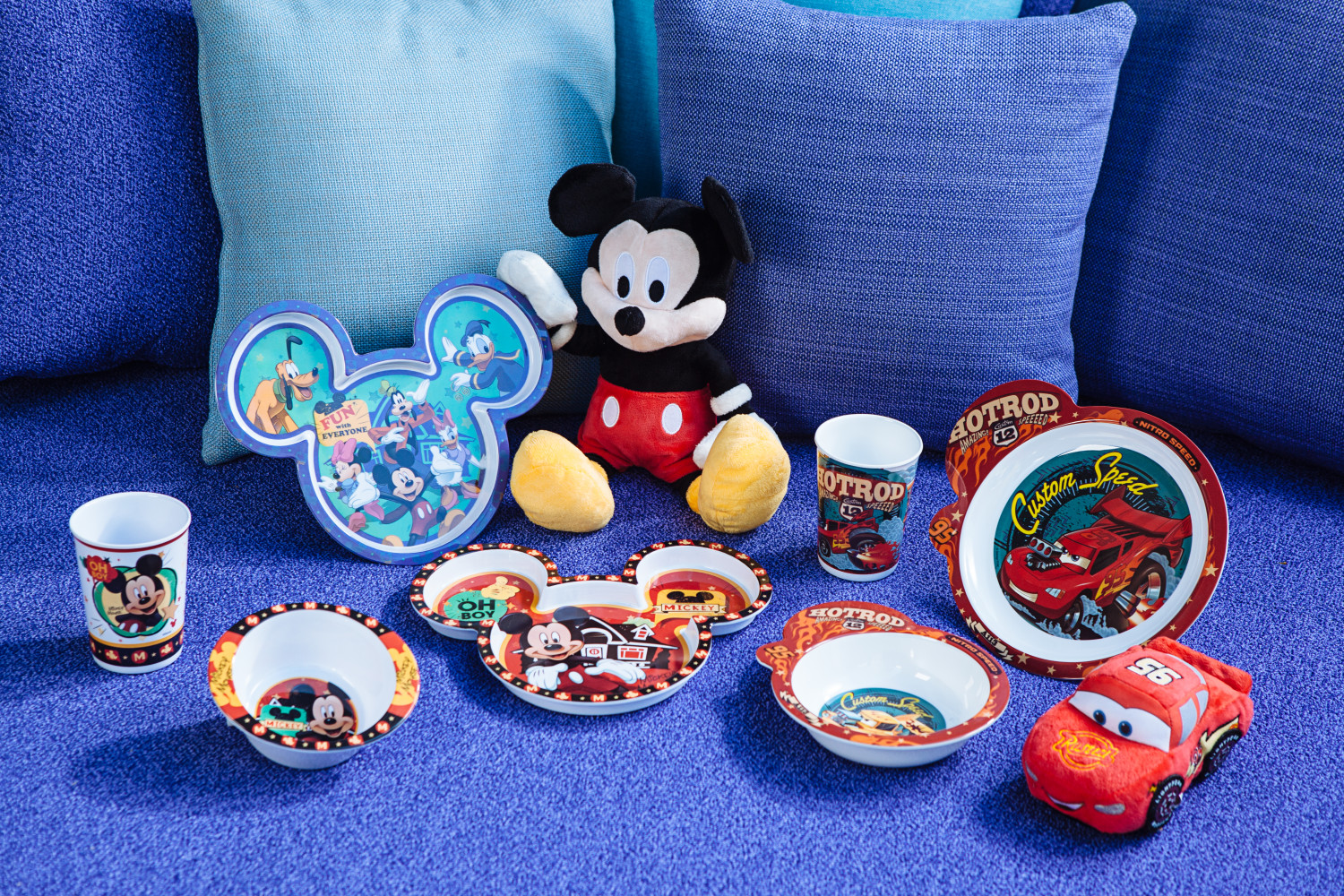
products.
2 melamine tableware conceptual overview
2.1 Melamine tableware definition
Melamine plastic tableware is based on melamine resin as the base material, σ-cellulose as a filler melamine molding powder as raw material, molded by the tableware made [1]. Such tableware is widely used in the fast food industry, staff canteen and children for its flat surface, light weight, beautiful appearance, low temperature resistance (can be put into the refrigerator directly), retort (boiling water cooking), pollution resistance, Catering and other fields.
2.2 melamine tableware safety discussion
After the dairy product contamination incident in 2008, melamine not only became familiar to ordinary people, but also became the object of people at a distance. However, melamine in the end is what kind of material? When people learned that their daily life is often used in melamine tableware is the main raw material melamine formaldehyde resin is what kind of feeling?
Melamine-formaldehyde resin (Melamine-formaldehyde resin, MF) by the melamine and formaldehyde in the neutral or weak alkaline conditions obtained by polymerization, also known as melamine-formaldehyde resin, or melamine resin. Has excellent water resistance, heat resistance, arc resistance, flame retardant. Melamine plastic tableware is the main raw material [1].
Melamine and formaldehyde generate melamine formaldehyde resin Reaction formula:
Since melamine and formaldehyde generate melamine formaldehyde resin reaction is irreversible, although melamine and formaldehyde were considered to be slightly toxic and highly toxic substances, but after the polymerization reaction product --- melamine formaldehyde resin (melamine resin) is Not toxic. "Physical and chemical properties of the" Handbook of synthetic resins and plastics "indicate:" Odorless, odorless, non-toxic, bright color, better heat resistance, hot water resistance and electrical properties than urea- 180oC, continuous use temperature above 100 ℃. "" Chemical Chemical Dictionary "pointed out:" melamine formaldehyde molding powder heat distortion temperature of 140 ~ 155 ℃. "According to the Hong Kong SAR government food safety Center - risk assessment team Dr. Deng Shaoping in the "melamine tableware and food safety," the report said: "Imitation porcelain tableware as long as the manufacturer's designated use, usually for safe containment of food .Most manufacturers list tableware Applicable to -30 ℃ to 120 ℃, while others indicate up to 140 ℃ [4]. "According to the official of large regular melamine tableware business in mainland China also said that the cured melamine formaldehyde resin is colorless and transparent, Stable in boiling water, even at 150 ° C. In summary, qualified melamine tableware products should be safe to use if they are used under the manufacturer's calibration instructions.
3 unqualified melamine tableware problems
Since the melamine tableware was put into production in our country in the 1960s, with the continuous increase of the market demand, it has also brought opportunities to the inferior imitation melamine tableware which has a good reputation. There are two types of counterfeit melamine tableware on the market today:
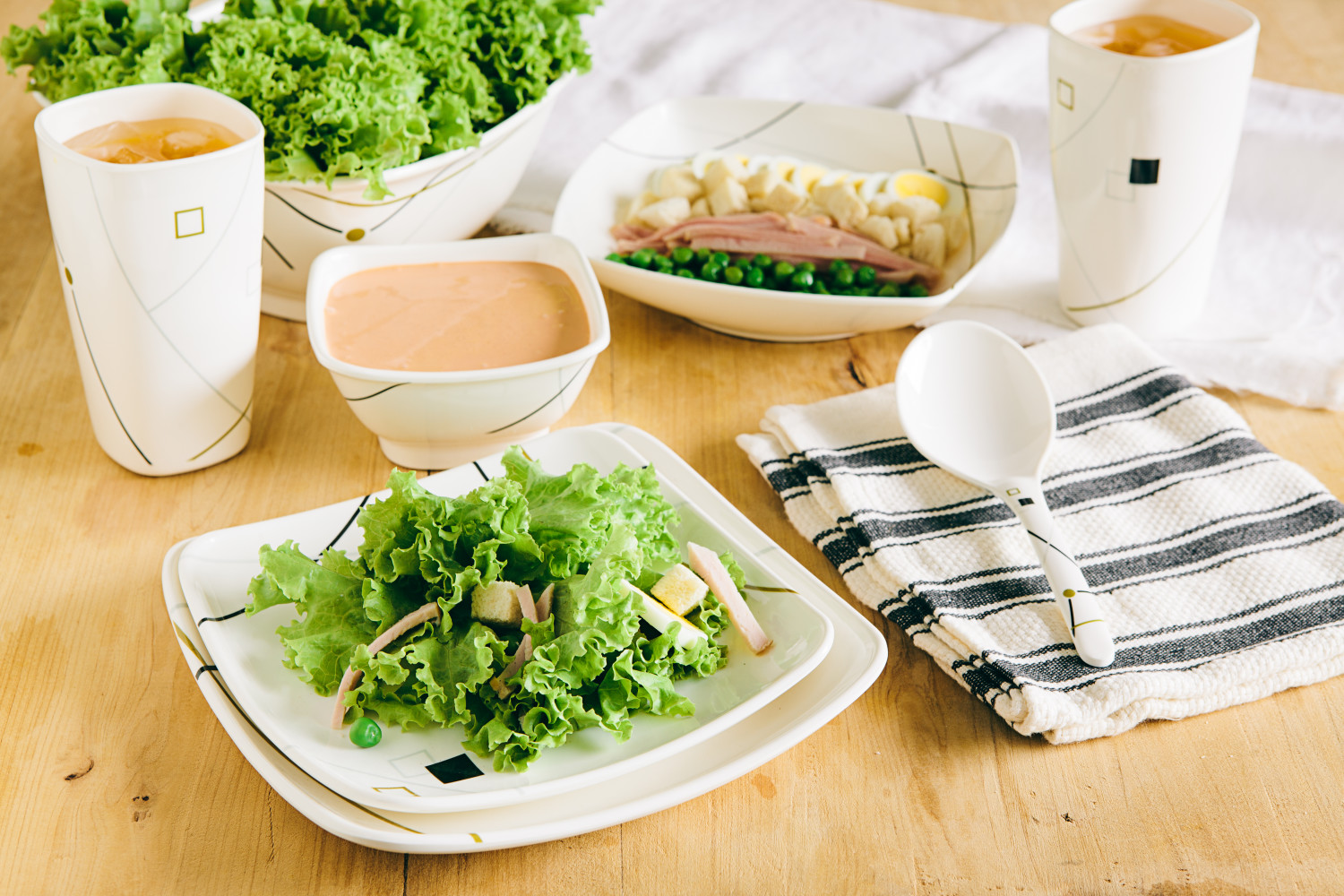
(1) made of melamine resin, but the production of improper control, cut corners caused by poor quality melamine tableware;
(2) melamine tableware mixed with urea-formaldehyde resin or urea-formaldehyde resin instead of melamine resin
3.1 unqualified melamine tableware
State Administration of Quality Supervision, Inspection and Quarantine Food Production Supervision prepared by the "food packaging container tools and other products manufacturing license" [5] indicate that the production process of the process are melamine tableware qualified or not played a crucial Role.
(1) raw material ratio:
If the resin content of raw materials is not enough, or the degree of raw material ball milling is not enough rough raw materials, raw materials, the amount of insufficient, will produce the tableware structure loose or obvious defects so that everyday life, soy sauce, vinegar easily penetrate, Not easy to remove. The book also pointed out: If the formula is inappropriate, easily lead to formaldehyde content exceeded, fail to safety and health requirements.
(2) Die finish and exhaust control:
In the melamine tableware compression molding process, in order to exclude melamine - formaldehyde resin cross-linked curing reaction generated by formaldehyde and water and other small molecules, there must be exhaust process. If the exhaust is not properly, not only will it affect the discharge of formaldehyde molecules, but also produce stomata on the surface of the tableware, so that the stains are deposited, affecting the edible hygiene of tableware.
(3) pressing temperature, pressure and curing time:
If the pressure, temperature, or curing time is not enough, it may contain more residual melamine and formaldehyde, seriously affecting the safety and quality of tableware.
(4) Table printing ink quality control:
As the table printing ink can be directly in contact with food, so choose in line with health and safety standards of the ink is essential.
3.1.1 Formaldehyde excessive potential harm
"Formaldehyde is a colorless, irritating and asphyxiating gas [3]." "Chemical and Chemical Dictionary"
The Hazardous Chemical Safety Booklet describes the health hazards of formaldehyde as follows: "Very irritating to mucous membranes, upper respiratory tract, eyes and skin. Chronic effects: Long-term exposure to formaldehyde may be mild, ocular, nasal, Pharynx, throat irritation, dry skin, chapped, soften, etc. Formaldehyde is carcinogenic to humans [3]. "If the unqualified tableware exceeds the limit of free formaldehyde, formaldehyde may migrate into the food or be released in the air, It is easier to free formaldehyde in the process of heating food. Long-term use of formaldehyde tableware, will have the potential for human carcinogenic damage.
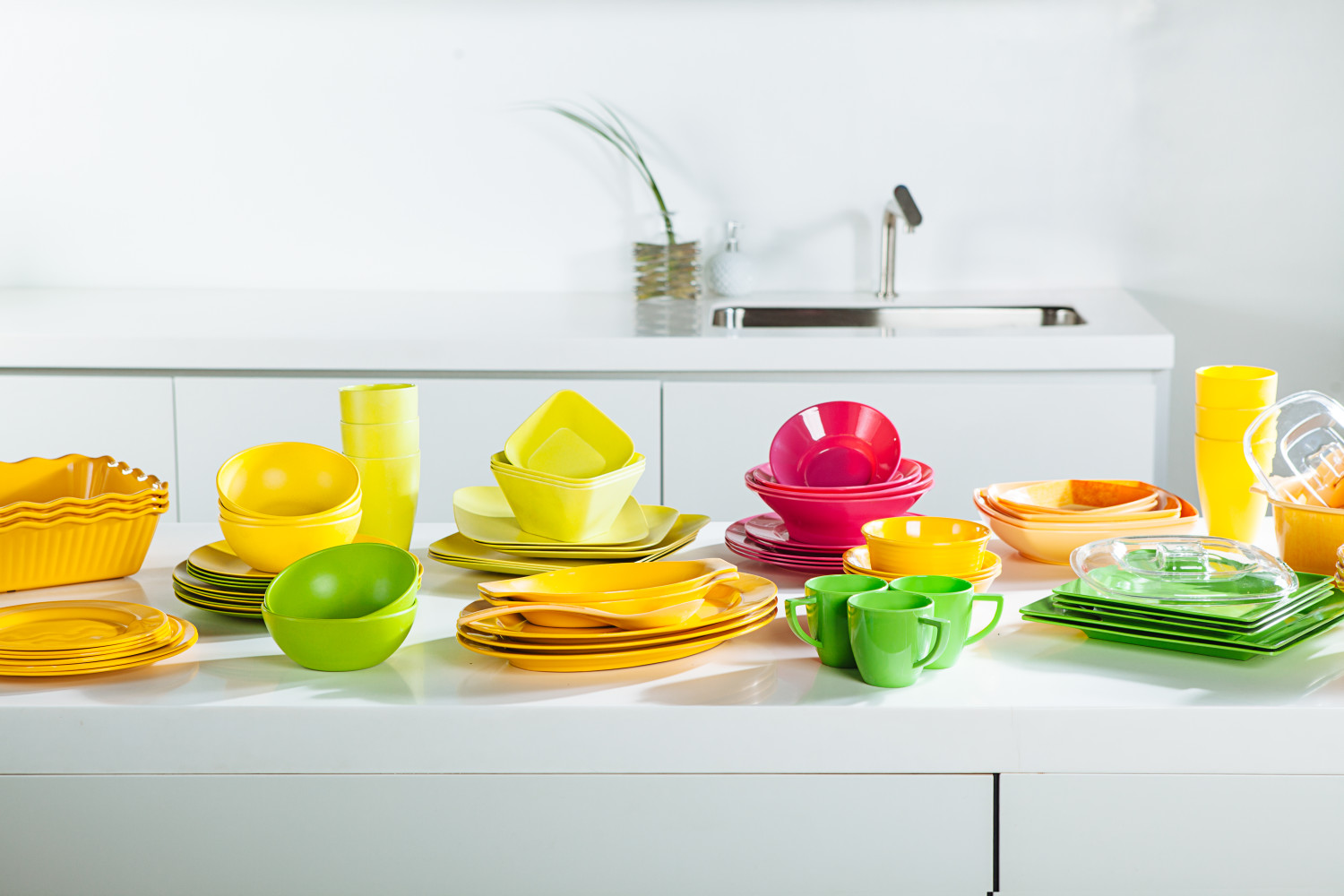
3.1.2 Potential hazards of excessive melamine
Melamine (English name Melamine) referred to as triamine, also known as melamine, is a low toxicity of chemical raw materials [3]. Volume I of the International Chemical Safety Manual and the International Chemical Safety Cards, compiled by the International Program on Chemical Safety and the European Commission in 1994 Note: Long-term or repeated heavy intake of melamine may have effects on the kidneys and the bladder resulting in stone. Long-term intake of melamine in animals causes reproductive and urinary tract damage, bladder and kidney stones, and further bladder cancer [7].
As melamine is not a highly toxic substance that causes acute poisoning, the chemical term melamine has long been obscure until the "Milk Powder Incident" in 2008 that made melamine a "overnight success." In order to strengthen the safety and hygiene supervision of melamine tableware, the new "Hygienic Standard of Melamine-Formaldehyde Molded Products for Food Containers and Packaging Materials" (GB 9690-2009), newly introduced on February 24, 2009, is newly added to melamine monomer Restrictions on migration [8].
3.2 urea resin instead of melamine resin substandard products
The same is taking into account the relatively expensive melamine resin's sake, some unscrupulous businesses not only cut corners, but forge unspoiled urea formaldehyde resin used in food packaging products for the production of imitation porcelain tableware. (Note: There are no urea-formaldehyde resins among the 959 additives in the Hygienic Standard for the Use of Additives for Food Containers and Packaging Materials [11], and so far, substances not listed in the standard can not be used in food containers and packaging materials .) Utensils made of urea-formaldehyde resin, although superficially likely to be sub-mix into the market, but will be greatly reduced in use, but also release formaldehyde, especially when cooking easier to release toxic substances, To consumers' health hazards. Urea formaldehyde resin as the main raw material, the outer surface of a layer of melamine powder coated dish, the use of safety has been quite social controversy. However, it is certain that two paragraphs in the "Guide to the Production License of Food Packaging Container Tools and Other Products" promulgated in September 2006 respectively clearly state:
"Because of the higher price of melamine powder, some manufacturers seek to make profits by directly using urea formaldehyde mold powder instead of melamine raw materials to produce tableware. Others use urea formaldehyde molding as a raw material to make tableware, and then The outer surface of tableware coated with a layer of melamine powder UF resin tableware, the chemical composition of the precipitate into use is harmful to the human body, need to be stopped. [5]
"Due to the higher price of melamine, manufacturers should not seek profit, the melamine tableware in the production of urea-formaldehyde molding powder instead, and then coated with a layer of melamine powder tableware, which is a perpetrator for the practice ... ... These utensils made of UF resin or recycled plastic undoubtedly endanger human health, and the responsible leader of the enterprise quality should strengthen the supervision of the quality of raw materials to ensure that the raw materials used by the enterprises meet the requirements of the specifications. [5]
3.2.1 Urea-formaldehyde resin:
Urea-Formaldehyde Resin (UF) is a polymer obtained by the reaction of urea with formaldehyde. Cured into a translucent, resistant to weak acid, weak base, good insulation, excellent wear resistance, cheap, but case of strong acid, alkali easy to decompose, poor weather resistance [10]. The physico-chemical properties of urea-formaldehyde molding powders in the Handbook of Synthetic Resins and Plastics are described as follows: "Odorless, odorless, brightly colored solid with a heat distortion temperature of 130 oC and long term service temperature of 80 oC [2]" Urea Reacts with Formaldehyde The reaction to produce urea-formaldehyde resin is reversible. According to a large-scale domestic manufacturer of melamine tableware official said: the greater the amount of formaldehyde, formaldehyde, the unreacted part of the more residual formaldehyde, the higher the free formaldehyde content.
The hazards of formaldehyde have been described in Section 3.1.1. Due to the reversibility of the reaction between urea and formaldehyde, potential problems with urea release should also be taken into account. "Common Chemical Materials Handbook" in the description of urea: "Colorless or white crystals, odorless, salty. Heating to 160 oC decomposition of ammonia and become cyanic acid [9]"; "Chemical Chemical Dictionary" The description of urea: "Urea, also known as carbamide, urea. Pure for the colorless, odorless, acicular or prismatic crystals ... ... melting point 132.7oC, beyond the melting temperature began to decompose." "Food packaging Container tools and other products manufacturing license tutorial "pointed out that urea-formaldehyde resin tableware into the water above 80oC can smell a smell of urine [5]. From here, it can be inferred that, unlike melamine tableware, utensils made of urea-formaldehyde resin can not be used for cooking or holding foods of higher temperature, however, the urinalies mentioned in the book need to be further analyzed by relevant technical departments.
4 melamine tableware use errors
As melamine tableware fall, durable, resistant to cooking, many people put it as a universal tableware. However, melamine tableware is not microwave heating, which depends mainly on its temperature limitations. Microwave heating is not a fixed temperature, it depends on the ability of the heated object to absorb microwaves, so the heating temperature of the microwave oven is uncontrollable. Article 2.2 points out that the heat distortion temperature of melamine formaldehyde molding powder is 140 ~ 155 oC, the safe use temperature of melamine tableware should not exceed 150 oC, so it can not be heated by microwave oven. Taking into account the urea-formaldehyde resin production of unqualified tableware temperature is only 80 oC, should be avoided even in the use of high temperature heating. This section will be qualified dense tableware and utensils made of urea formaldehyde resin were placed in the microwave oven to verify the test to observe the phenomenon.
4.1.1 Test Equipment and Materials: Microwave Ovens, Melamine Tableware, Utensils Urea-Formal Materials
4.1.2 Test Methods: The samples were placed in a microwave oven adjusted to high fire (power 800 watts) heated for 3 minutes to observe the phenomenon.
4.1.3 test phenomenon:
(1) Melamine tableware test photo comparison chart
(1) Melamine resin bowl: After 1 and a half minutes of heating, a crackle starts to sound, and after 2 minutes it can smell, but there is no obvious irritation. Some have been burnt color, discoloration part from the skin (fish scale), hand gently dial can be peeled off. The back of the bowl also has a larger block of peeling and can see cracking.
(2) Urea-formaldehyde resin cup: Half a minute after the sound can be heard a slight burst of sound, 1 minute after the sound began to notice, then you can smell disgusting odor, and obviously irritating, eyes tear, unbearable. Cup Department no obvious signs of scorching, but the cup has been significantly deformed, uneven, obviously uneven color.
At present, there is no study on the change of melamine tableware placed in microwave oven after heating at high temperature. As this paper is not experimental in nature, its toxicity and physical changes need to be further studied. Due to the enhanced control over the safety of melamine tableware, the Hygienic Standard for Melamine-Formaldehyde Molded Products for Food Containers and Packaging Materials requires that melamine tableware be marked with the product material and marked "Do not heat in a microwave oven". For those who do not expressly product, after September 1, 2009 will no longer meet the standards.
5 Conclusion
Melamine-formaldehyde resin as the main raw material, according to the national standard production and inspection of tableware, in its normal scope of application is safe and reliable. Imitation porcelain storm currently on the market mainly caused by substandard fake and shoddy products. This article made a systematic introduction to the classification, causes and harms of fake and shoddy products, and hoped that consumers could conceptualize the existence of unqualified products and the harm to the human body caused by improper use.
At present, melamine plastic tableware production license management in our country, and only access to food-related products quality and safety production license of enterprises to produce melamine tableware. In the sales must be marked before the national uniform development of the quality and safety production license number, while imprinting or affixing quality and safety market access mark "QS", certified products can be confirmed in the quality and technology supervision department. For those who use urea formaldehyde resin instead of melamine formaldehyde resin, drilling the country loopholes in the business, the relevant departments should consider the development of more stringent test indicators, and unacceptable tableware after the release of harmful gases and their hazards may be made in detail, while not Qualified products strictly banned.
Abstract: In view of the uneven quality of imitation porcelain tableware in current market of our country, the public has limited understanding of melamine tableware and consumers' doubts about the existence of melamine tableware, this paper introduces the introduction of melamine tableware, potential safety problems of unqualified products And how to use melamine tableware correctly
we are the factory of Bamboo Crockery Mould,Bamboo Crockery Mold,Bamboo Crockery Die in China
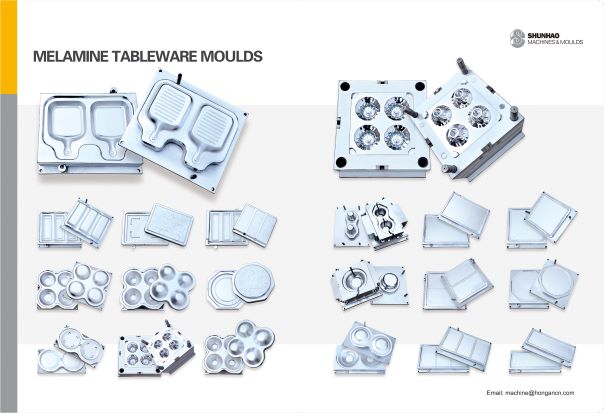
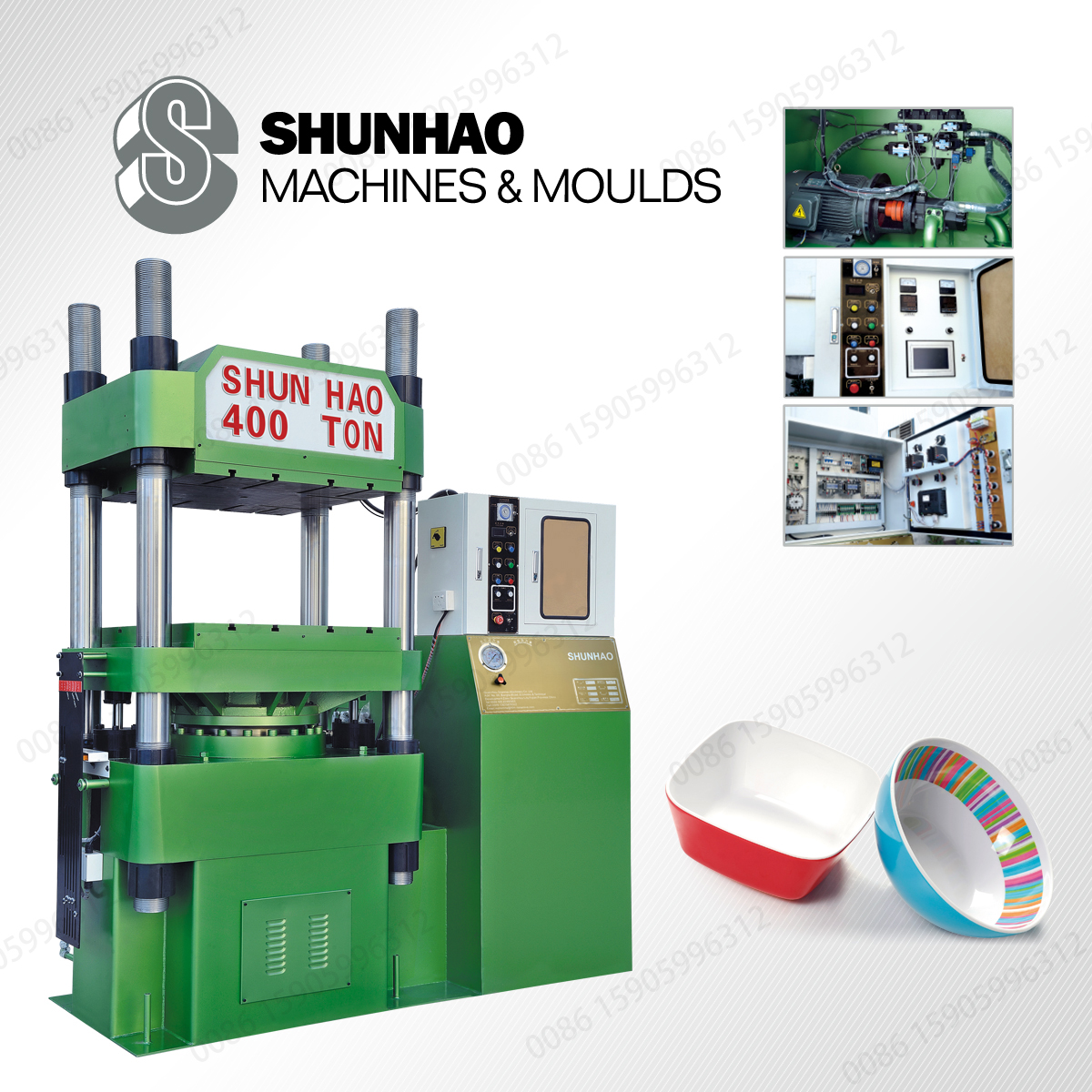
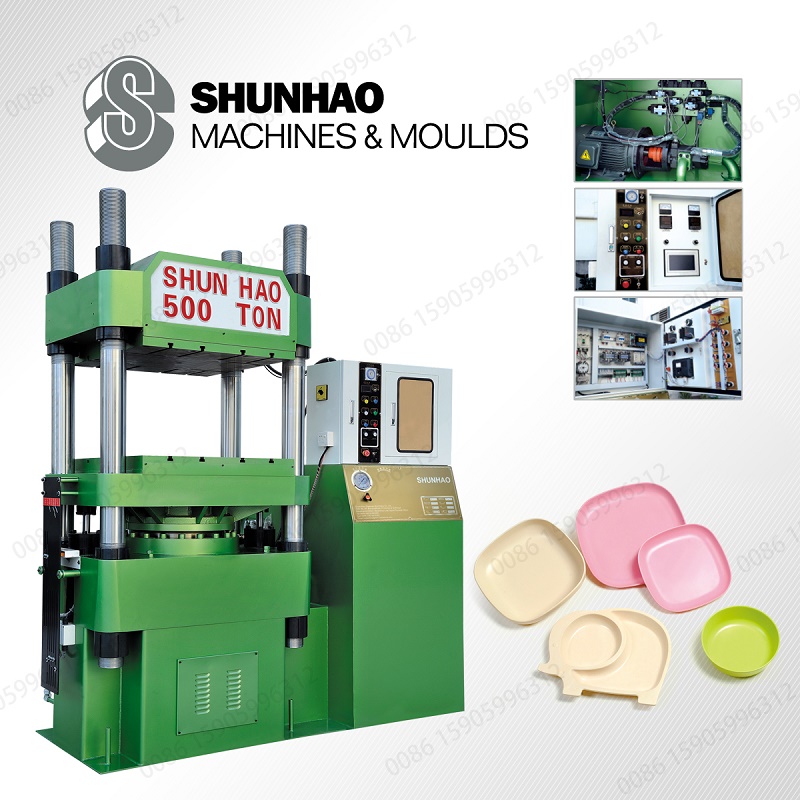
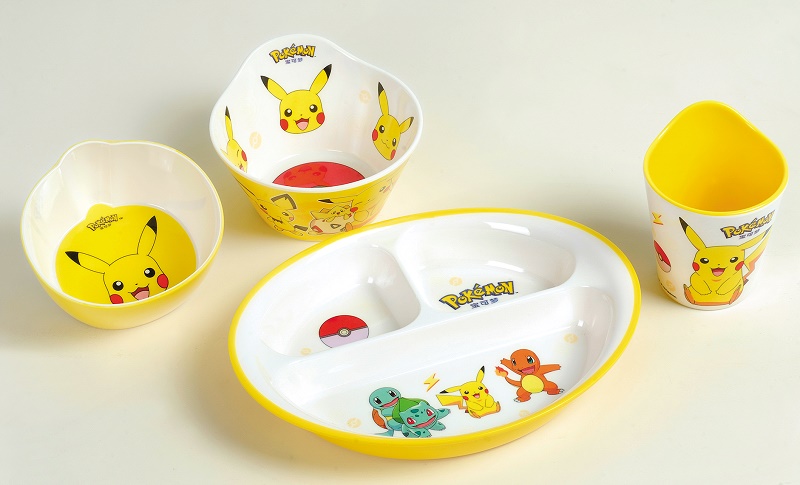
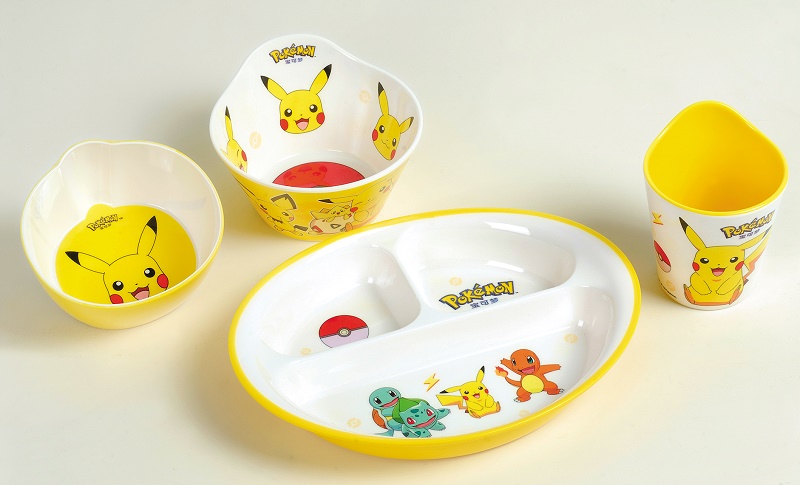
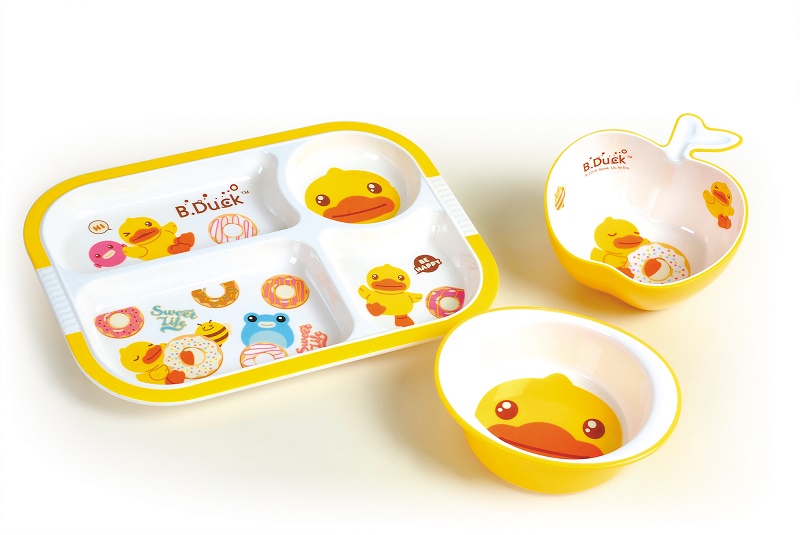



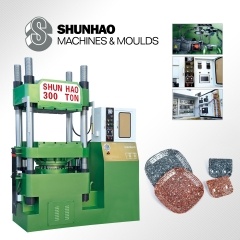 300TONS Single Color Hydraulic Press Melamine Tableware Dinner Set Making Moulding Machine
300TONS Single Color Hydraulic Press Melamine Tableware Dinner Set Making Moulding Machine
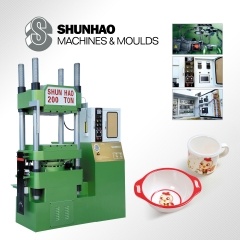 200TONS Automatic Single Color Melamine Tableware Molding Machine
200TONS Automatic Single Color Melamine Tableware Molding Machine
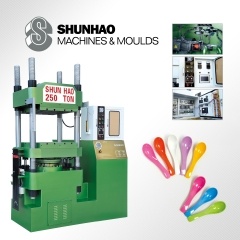 3Year Warantee 250TON Singal Color Melamine Tableware Molding Machine
3Year Warantee 250TON Singal Color Melamine Tableware Molding Machine
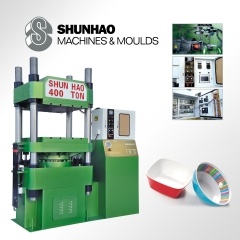 400TON Automatic Melamine Crockery Molding Machine With Singal Color
400TON Automatic Melamine Crockery Molding Machine With Singal Color
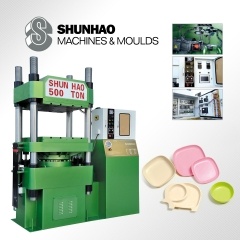 500ton Melamine Crockery Molding Machine With Plc Control
500ton Melamine Crockery Molding Machine With Plc Control
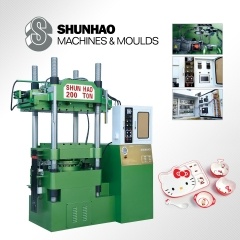 200Ton 2Color Melamine Tableware Automatic Molding Machine
200Ton 2Color Melamine Tableware Automatic Molding Machine
 Workshop Show
Workshop Show
 Products Show
Products Show
 Video Show
Video Show
 OUR CERTIFICATES
OUR CERTIFICATES